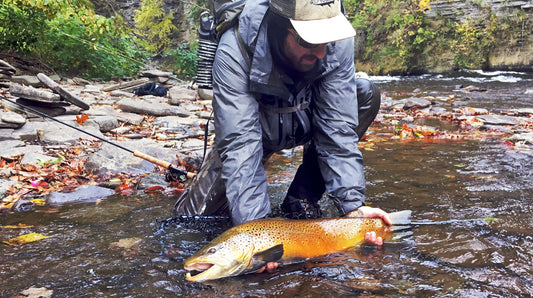All Points Fly Shop + Outfitter Blog

Where To Fly Fish In Southern Maine?
As a fly shop situated in South Portland, Maine near the coast of Casco Bay, a lot of what I get asked about are the fly fishing opportunities right here in...
12 comments
Where To Fly Fish In Southern Maine?
As a fly shop situated in South Portland, Maine near the coast of Casco Bay, a lot of what I get asked about are the fly fishing opportunities right here in...
12 comments

Fall/Winter Fly Fishing For Brown Trout & Steel...
While most of our local fisheries here in Maine have either closed or slowed down for winter, things are just heating up in upstate NY for lake run steelhead and...
4 comments
Fall/Winter Fly Fishing For Brown Trout & Steel...
While most of our local fisheries here in Maine have either closed or slowed down for winter, things are just heating up in upstate NY for lake run steelhead and...
4 comments